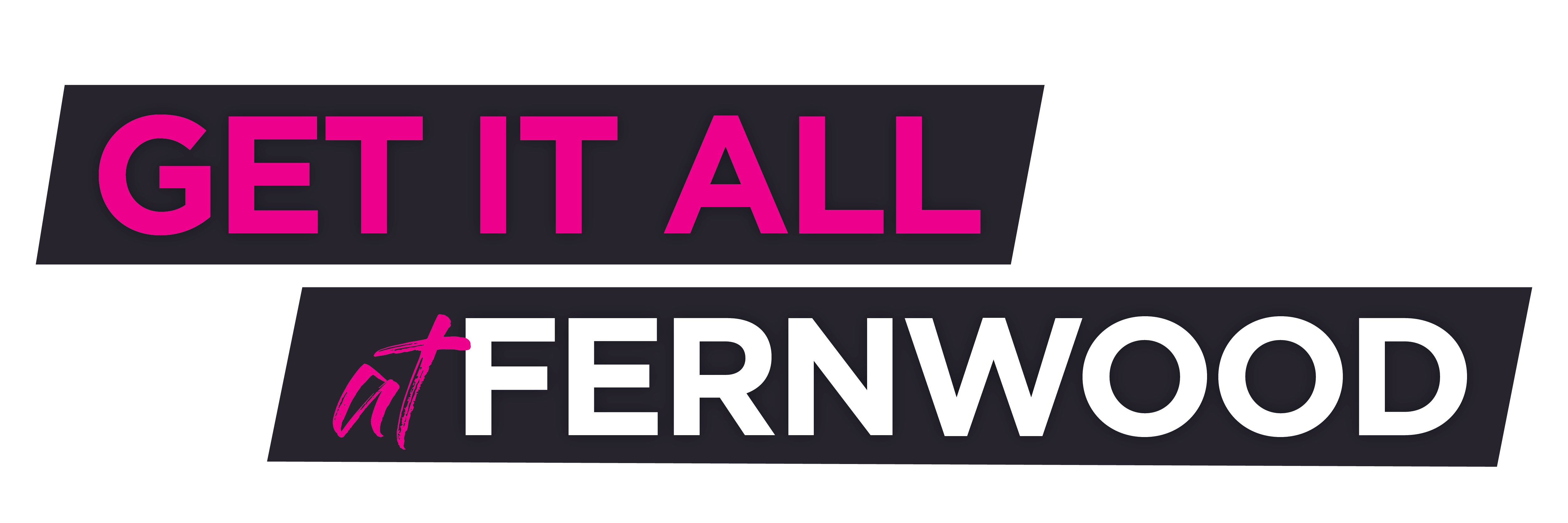Yoga is good for everyone. There are many ways to practice and modify poses to ensure that it nurtures both your mind and body. The latest National Health Survey carried out by the Australian Bureau of Statistics reports that around 3.7 million Australians have experienced back problems and between 70-90 per cent of people will suffer from back pain at some point during their lives.
That means it’s highly likely that your fellow yoga classmates have experienced, or will experience, a back issue. The good news is yoga can prevent back pain, it can assist in dealing with existing complaints and it can give you the mental and physical tools to cope when problems arise.
How yoga can help
Back pain is different for every person who experiences it, so just because Jane has the wrong pillow or Denise has weak abdominal muscles doesn’t mean these are the sources of your own troubles. The first thing to do if your pain has been ongoing – or if it prevents you from carrying out daily tasks like walking, carrying, work or leisure – is to see your GP. This ensures they can give you the all-clear to start a gym routine and a yoga practice with any warnings about what to avoid or focus on for optimal strength and health.
Typically, yoga classes in gyms consist of yoga flow (or vinyasa), yin or hatha classes. The flow and hatha classes require the body to move into rotations, extending and flexing the spine, and stretching the hips, hamstrings and abdominals.
All of these actions are fantastic for the health and mobility of your spine. The proviso, naturally, is that you must practice these movements with an awareness of alignment and engaging the supporting muscles to ensure you aren’t going to strain or sprain anything.
The key to improving most back pain complaints is to strengthen where you most need it (typically the abdominals, glutes and thighs) while stretching and releasing excessive tension where it causes aches (usually the hips, shoulders and hamstrings). Fortunately, your yoga practice is ideally designed to do all of these things.
Moves to try
Poses that move the spine safely through extension and flexion include Cat Cow, where you balance on your hands and knees while alternately tilting the head and pelvis up and then tucking and rounding into an arch. Child’s Pose is a safe, gentle way to stretch the spine into flexion, too. Simply rest your torso over your kneeling legs with your head resting on a pillow or mat. Cobra is a gentle, supported back extension: lying face-down on the mat, elbows back by your waist and hands flat by your ribs, slowly lift your chest and head on an inhale while pressing your pelvis into the mat for support.
Twists are great for improving your range of movement and alleviating tension in the mid and lower back, but be careful to move slowly and always stop if you feel any sharp or strong pains. Lying on your back with knees bent and arms spread-eagled, take your knees to one side as you try to draw the opposite shoulder to the mat. Hold and breathe, letting gravity help deepen the stretch into the back without force. Then swap sides.
A strong pelvic floor, abdominals and glutes will support a healthy back, preventing and alleviating pain. Holding a plank position, whether on your knees or toes, and the high-to-low push-up of chaturanga will build abdominal and leg strength with continued practice. Make sure to work at your own pace. If you can’t maintain your head, hips and heels in a straight line yet, do chaturanga and plank on your knees. As important as building strength is, it’s just as important to be patient as you build strength and skills. Yoga is a lifetime practice, so there’s no rush.
Most importantly, whatever your age or level of fitness, it’s never too late to go to your first yoga class. Want to learn more about yoga? Check out this beginner’s guide to yoga.
Find out more about what classes Fernwood offers here.



